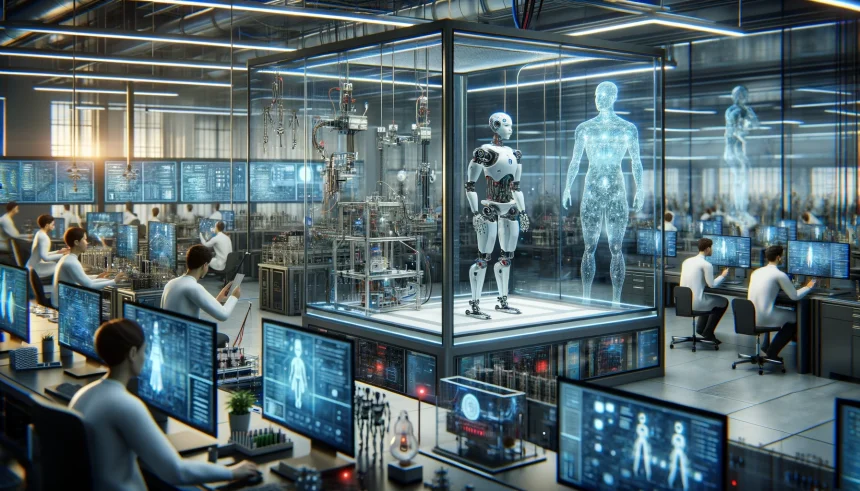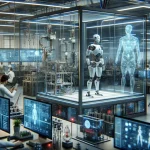An article titled “Intelligent Soft Quasi-Organism Equipped with Sensor-Driven Integrated Tentacles” has been published in Advanced Functional Materials. The article presents a novel robot that integrates real-time state recognition and autonomous object recognition inspired by sea anemones, employing a strategy known as Heterogeneous Mechanisms Homotopic Integration (HMHI). This development marks a significant step in the field of intelligent soft robotics, offering potential applications in various domains, including in vivo therapy.
Heterogeneous Mechanisms Homotopic Integration Strategy
The intricate integration of soft electronic system components is pivotal for establishing a closed-loop system that encompasses sensing, driving, processing, and autonomous control capabilities. Traditionally, the presence of sensors and actuators in isolated forms poses a challenge to achieving seamless interface matching and in situ integration. This intelligent Soft Quasi-Organism (SQO) addresses this challenge by utilizing the HMHI strategy.
The tentacles of the SQO are designed to simultaneously perceive state changes and drive motions using the same material and structure. Inspired by sea anemones, this system achieves real-time state recognition and autonomous object recognition, enhancing its operational efficiency and effectiveness.
Real-Time State Recognition and Object Grasping
The SQO incorporates machine learning and customized circuits to exhibit real-time autonomous state identification capabilities, attaining a 100% recognition accuracy across sixteen states. This neuromuscular system facilitates active autonomous perception, allowing the anemone-shaped SQO to recognize and grasp static objects with an accuracy of 80.7%, which surpasses the human hand’s accuracy of 74.7%.
In comparison with other similar developments, previous advancements in soft robotics often struggled with achieving such high levels of recognition accuracy and autonomous functionality. Earlier iterations of soft robots were typically limited by their discrete component integrations and lacked the seamless interfacing seen in the SQO. Moreover, the application of machine learning in real-time state recognition within soft robotics marks a significant improvement over past technologies, which were predominantly rule-based and less adaptive to dynamic environments.
Unlike its predecessors, the SQO’s unique approach using the HMHI strategy provides a more integrated and efficient system, aligning closely with the biological functions it aims to mimic. This progression reflects a substantial enhancement in the capability of soft robots to perform complex tasks autonomously, thereby broadening their potential applications.
The introduction of this SQO paves the way for significant advancements in intelligent soft robotics and in vivo therapeutic applications. The high recognition accuracy and autonomous capability present a promising future for intelligent systems in medical and industrial settings. Further research and development could explore the adaptability of this technology in other biological systems, potentially leading to more versatile and resilient soft robotic solutions.










